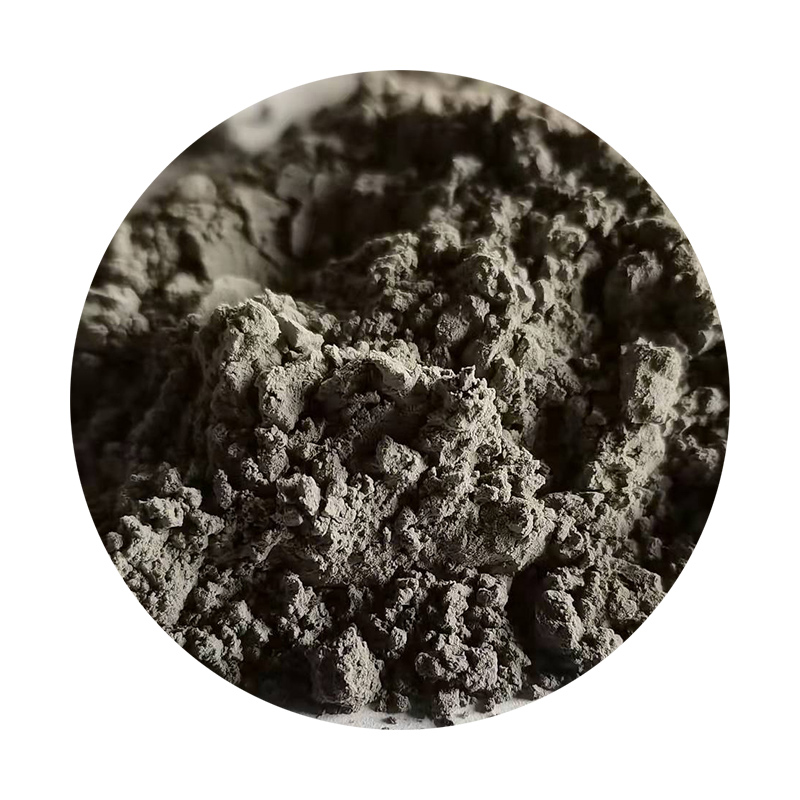The Art of Sanding Cast Iron Techniques and Benefits
Sanding cast iron is an essential process in various industries, particularly in metalworking, automotive repair, and restoration projects. Cast iron, known for its durability and excellent castability, is widely used in the manufacturing of engine blocks, cookware, and industrial machinery. However, over time, cast iron can develop surface imperfections such as rust, scratches, and wear. Sanding is an effective technique to restore the surface, enhance its appearance, and prepare it for further treatments.
Understanding Cast Iron
Before delving into the sanding process, it is crucial to understand the properties of cast iron. This material is an alloy of iron, carbon, and silicon, known for its high wear resistance and ability to retain heat. Cast iron can be brittle, making it necessary to adopt the right techniques when sanding to avoid damaging the surface.
Why Sand Cast Iron?
The primary purpose of sanding cast iron is to
1. Remove Imperfections Over time, surfaces can suffer from rust, grime, and other contaminants. Sanding helps eliminate these flaws to restore the metal’s original appearance.
2. Smooth the Surface A smoother surface not only looks better but also enhances the functionality of the item. For example, in cookware, a smooth surface improves cooking performance and makes cleaning easier.
3. Prepare for Coatings If you plan to apply paint, a powder coat, or any sealant, sanding provides a rougher surface that ensures better adhesion of the new coating.
4. Repair Structural Damage In some cases, sanding can help mitigate minor dents and scratches, making repairs easier and less costly.
Sanding Techniques
cast iron sanding

When it comes to sanding cast iron, employing the right techniques is key to achieving optimal results. Here are some effective methods
1. Choose the Right Abrasive Material - Use sandpaper with varying grits. Start with coarse grits (e.g., 80–120) to remove major imperfections, and gradually move to finer grits (e.g., 220–400) for a smooth finish. - Alternatively, consider using a sanding sponge, which can conform to the contours of the surface more effectively.
2. Utilize Power Tools - For larger projects, using a power sander or an angle grinder fitted with sanding discs can significantly speed up the process. However, caution is essential, as excessive pressure or speed can damage the metal.
3. Hand Sanding for Precision - For small areas or intricate details, hand sanding is effective. Use a sanding block to maintain even pressure and avoid creating uneven surfaces.
4. Keep the Surface Cool - Sanding generates heat, which can affect the integrity of the cast iron. Take breaks frequently, and if necessary, use water or a lubricant to cool down the surface while sanding.
5. Clean Regularly - Dust and debris can accumulate while sanding, which might scratch the surface further. Use a brush or cloth to wipe away the residue frequently during the process.
Safety Precautions
When sanding cast iron, safety is paramount. Always wear protective gear, including goggles to shield your eyes from dust and particles, and a dust mask to avoid inhaling harmful particles. Ensure proper ventilation in your workspace, especially when using power tools.
Conclusion
Sanding cast iron is a fundamental process that can dramatically improve the quality and longevity of the material. By understanding the properties of cast iron and employing the right techniques, you can achieve an excellent finish that prepares the surface for further treatments or repairs. Whether you are restoring an antique cast iron skillet or refurbishing machinery components, mastering the art of sanding will ensure your cast iron items not only function well but also retain their aesthetic appeal for years to come. With patience and precision, sanding can transform a worn surface into a smooth, polished masterpiece.
Post time:дек. . 13, 2024 03:12
Next:bauxite sand
